GET COMPLIANT WITH EASE
Upgrade your products with
Upgrade your products with
Upgrade your products with
GS1 Digital Links
CTAs
Surveys & Polls
GS1 Digital Links
GS1 Digital Links
CTAs
Surveys & Polls
GS1 Digital Links
GS1 Digital Links
CTAs
Surveys & Polls
GS1 Digital Links
Quickly roll out GS1 Digital Links (and EPCIS) and empower your marketing and sales teams within minutes.
Quickly roll out GS1 Digital Links (and EPCIS) and empower your marketing and sales teams within minutes.
Quickly roll out GS1 Digital Links (and EPCIS) and empower your marketing and sales teams within minutes.




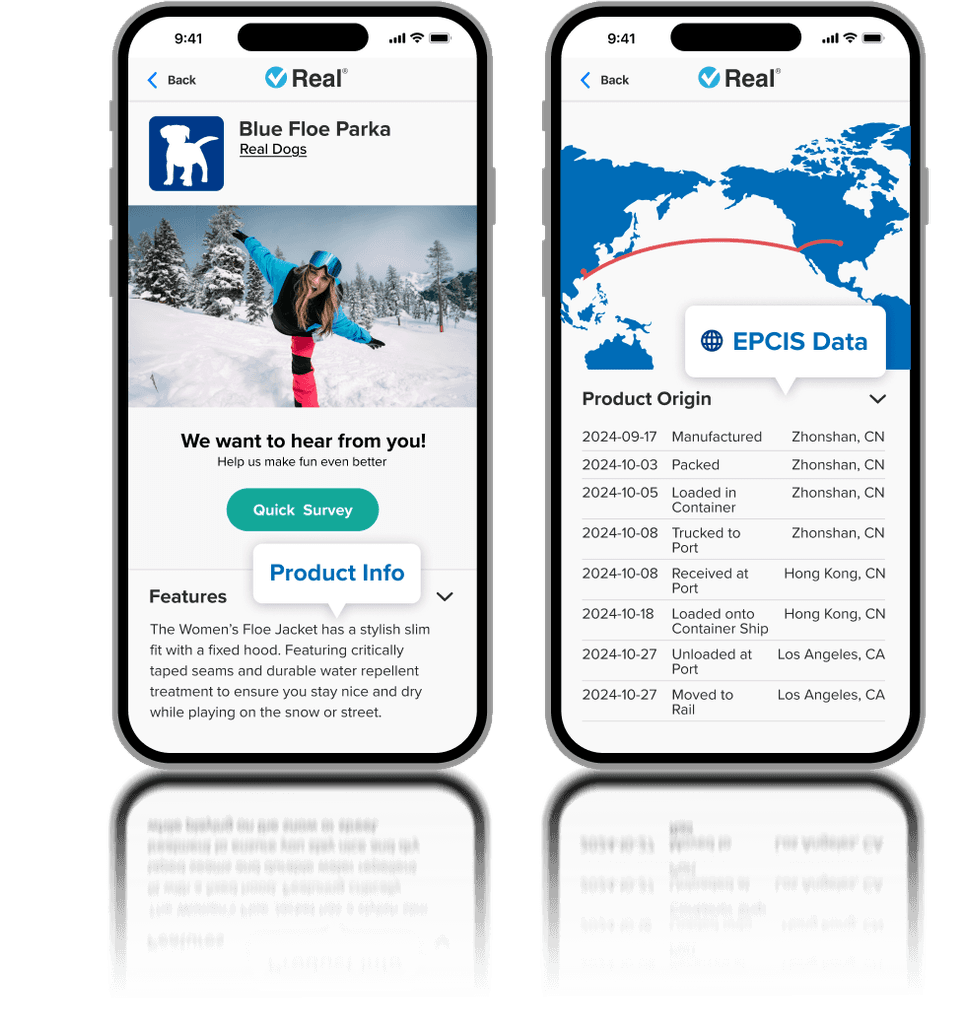



Proven Functionality at Scale
Proven Functionality at Scale
Proven Functionality at Scale
Built by Manufacturers for Manufacturers
Built by Manufacturers for Manufacturers
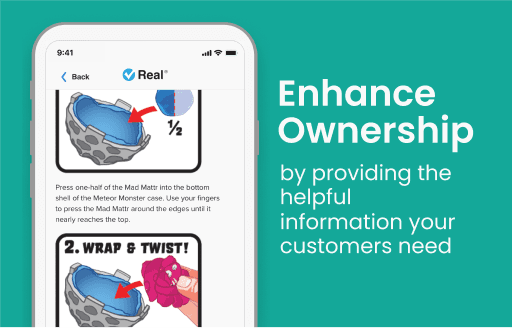
The Real Platform
Add Value to All the Key Stakeholders

The Real Platform
Add Value to All the Stakeholders

The Real Platform
Add Value to All the Key Stakeholders

The Real Platform
Add Value to All the Key Stakeholders

Help Grow Sales
Leverage the Moment Customers have Your Product in Hand

Help Grow Sales
Leverage the Moment Customers have Your Product in Hand

Help Grow Sales
Leverage the Moment Customers have Your Product in Hand
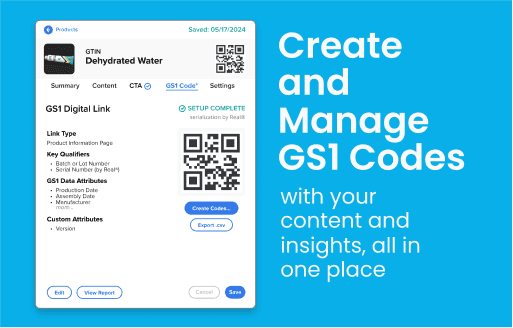
Manage Everything
Control and Track Access and Publishing

Manage Everything
Control and Track Access and Publishing

Manage Everything
Control and Track Access and Publishing
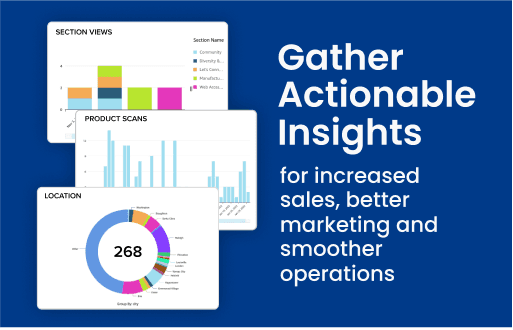
Consumer Behavior
Control How Customers Perceive Your Brand and Products

Consumer Behavior
Control How Customers Perceive Your Brand and Products

Consumer Behavior
Control How Customers Perceive Your Brand and Products
The Real Platform
The Real Platform
The Real Platform
Meet the Premier Product Platform
Meet the Premier Product Platform
Deliver More with Real: The Fastest Way to Deliver Your Brand Promise. Built to Respect Your Trading Partners, Meet Compliance, and, Critically, Add Value to Your Brand!
Deliver More with Real: The Fastest Way to Deliver Your Brand Promise. Built to Respect Your Trading Partners, Meet Compliance, and, Critically, Add Value to Your Brand!
The Real App
To Stay Organized
Content Blocks
Making Updates Easy
Unlimited CTAs
Surveys, Polls and Links
Custom Experiences
By Product and Brand
User Management
Control Access
Content Blocks
Making Updates Easy
Unlimited CTAs
Surveys, Polls and Links
Custom Experiences
By Product and Brand
User Management
Control Access
The Real App
To Stay Organized
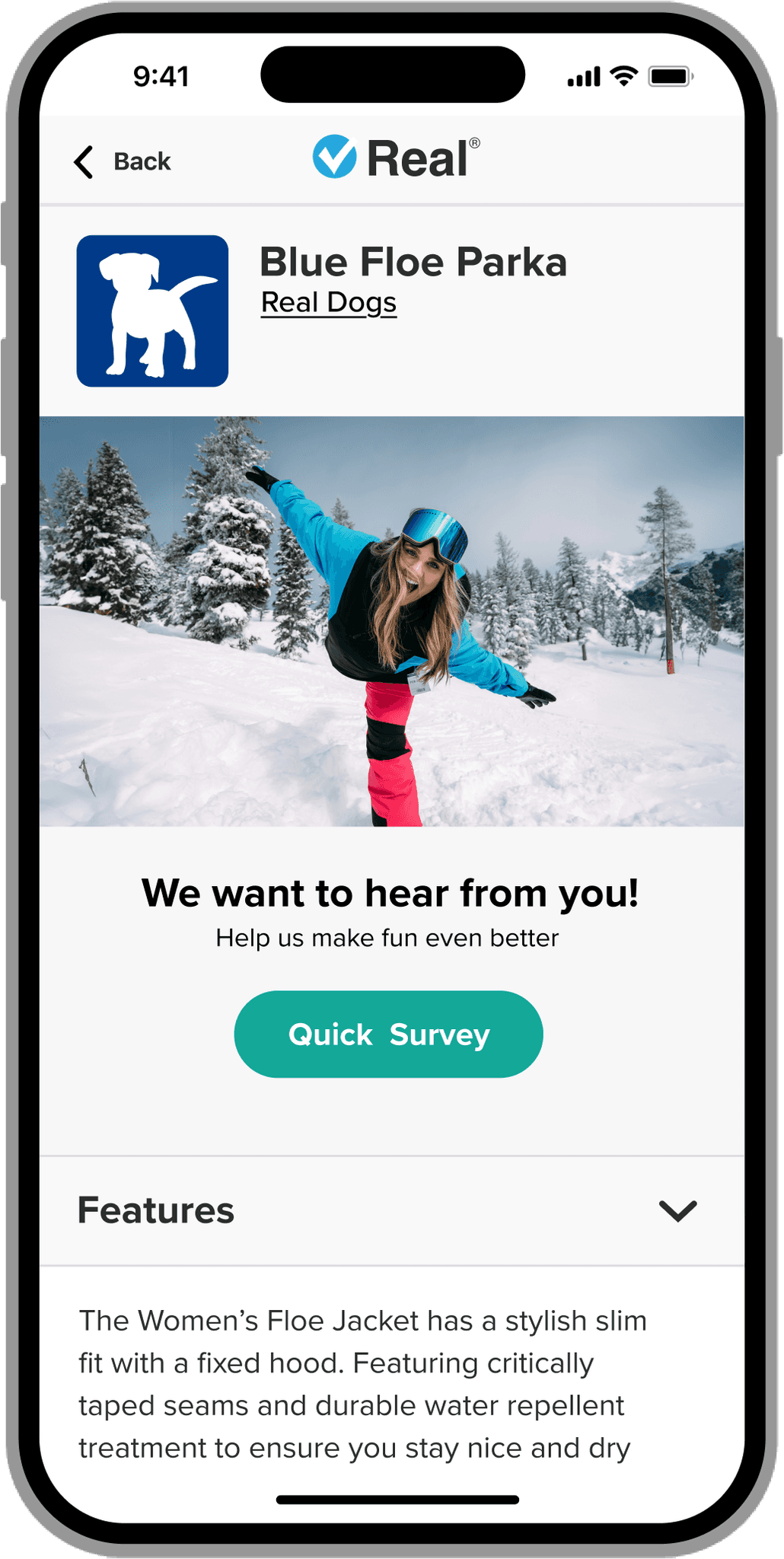


DAM and PIM Integration
DAM and PIM Integration
Integrate and leverage your existing DAM and PIM data into meaningful consumer experiences.
Variable Data Code Support
Variable Data Code Support
Use third-party or our code generation tools to embed lot, batch, dates and other imperative data.
Exceed Retail Partner Expectations
Exceed Retail Partner Expectations
Codes on pack resolve to our non-selling domain to respect your retail partners.
Enhance Product Ownership
Enhance Product Ownership
Deliver the product information that consumers want such as instructions, how-to videos, and gather feedback while you build brand.
Real for Marketing and Sales
Real for Marketing and Sales
Real for Marketing and Sales
Real for Marketing and Sales
Scale with the Solution that Makes Teams More Efficient and the Tools to Grow Sales
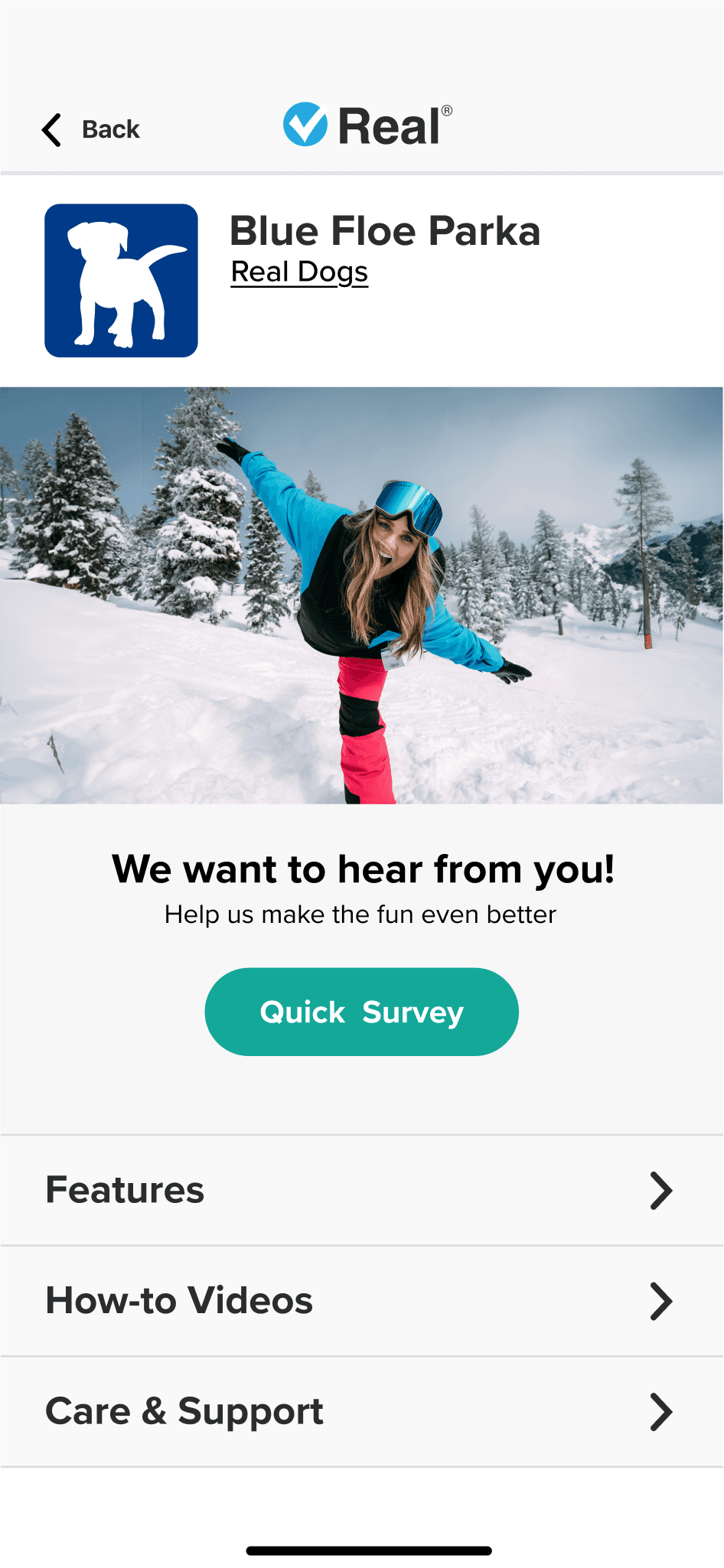
Control the Message
Go beyond static product information to build engagements that benefit your customers and internal teams.
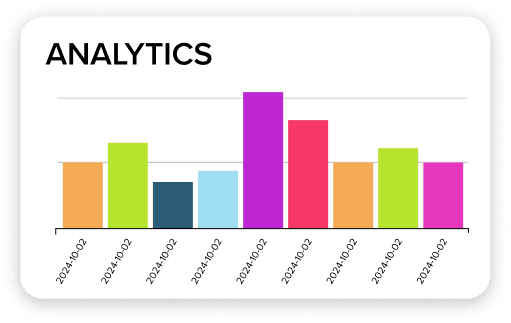
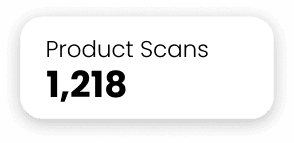
Gather Insights
Our analytics help you learn what information matters to consumers while protecting and respecting their privacy.
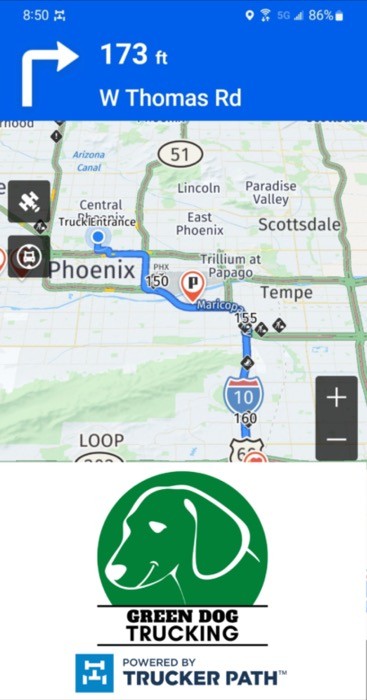
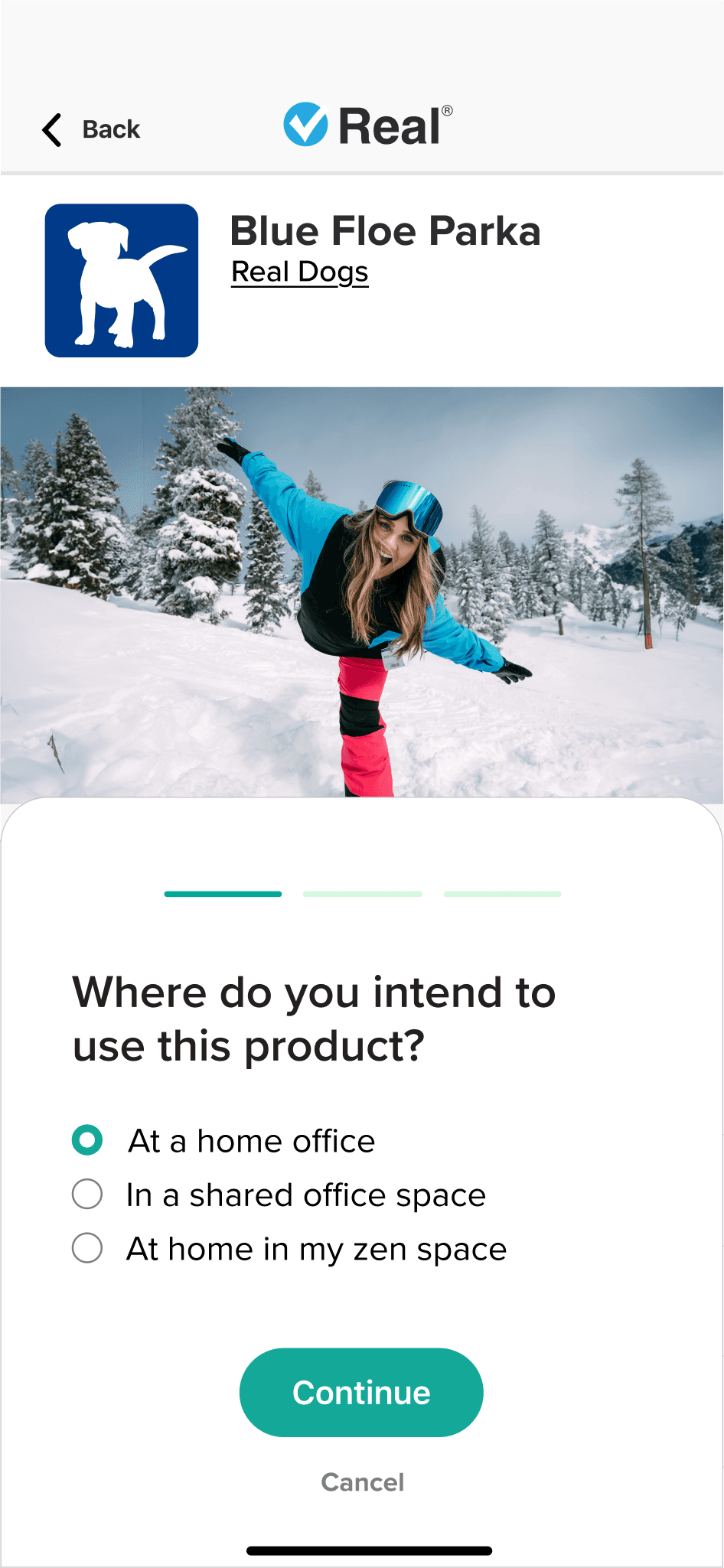
Custom CTAs
Gather product-specific feedback with polls and surveys to influence future development and marketing.
Close the Loop with Real
Control for Operations.
Tools for Marketing.
For Operations
Create and generate codes that map directly to product experiences, allow marketing to do their magic, then access and download actionable last-mile analytics.
For Marketing
Embellish existing product descriptions with contextual content to enhance ownership, then add a call-to-action and drive more sales.


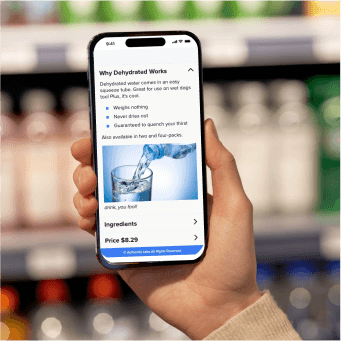

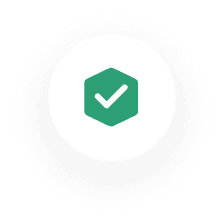
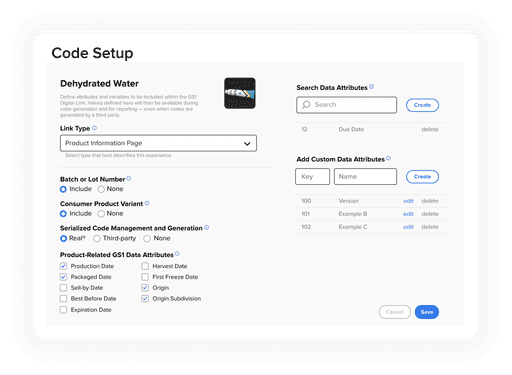

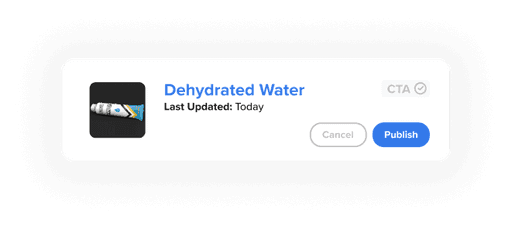
Close the Loop with Real
Control for Operations.
Tools for Marketing.
For Operations
Create and generate codes that map directly to product experiences, allow marketing to do their magic, then access and download actionable last-mile analytics.








For Marketing
Close the Loop with Real
Control for Operations.
Tools for Marketing.
For Operations
Create and generate codes that map directly to product experiences, allow marketing to do their magic, then access and download actionable last-mile analytics.
For Marketing
Embellish existing product descriptions with contextual content to enhance ownership, then add a call-to-action and drive more sales.








Close the Loop with Real
Control for Operations.
Tools for Marketing.
For Operations
Create and generate codes that map directly to product experiences, allow marketing to do their magic, then access and download actionable last-mile analytics.








For Marketing
The Real Solution
The Premier Platform for Manufacturers to Engage Customers and Gather Insights
Codes
Create and manage product codes that enable anyone to find answers to their questions about the thing in front of them.
Experiences
Create and manage rich product experiences that engage and invite participation and feedback.
Brand
Control the message and promote your brand with important information rewarding engagements.


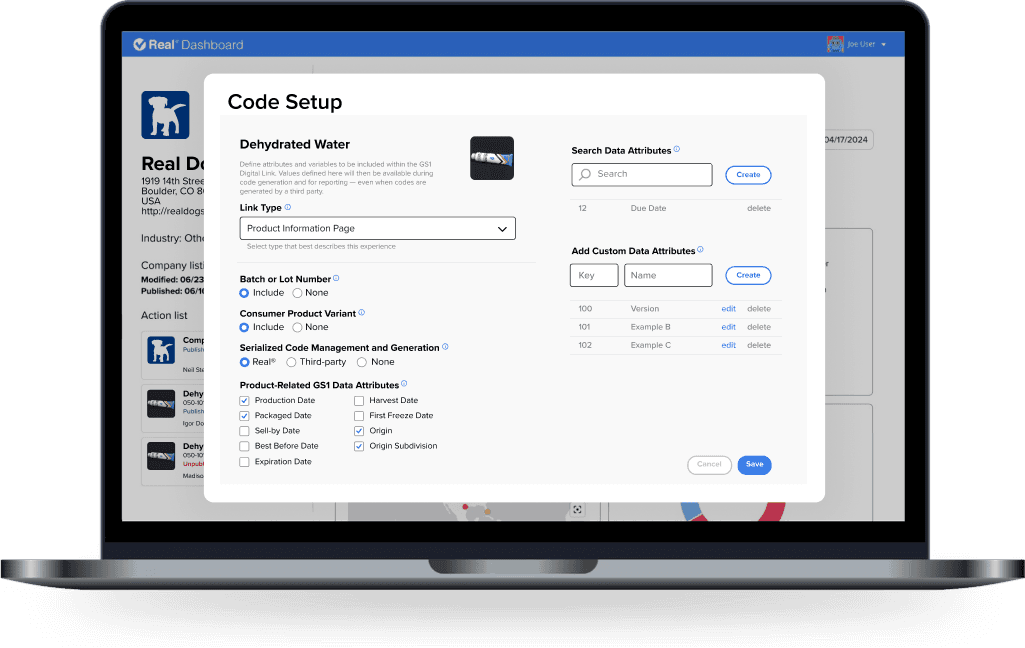
The Real Solution
The Premier Platform for Manufacturers to Engage Customers and Gather Insights
Codes
Create and manage product codes that enable anyone to find answers to their questions about the thing in front of them.
Experiences
Create and manage rich product experiences that engage and invite participation and feedback.
Brand
Control the message and promote your brand with important information rewarding engagements.



The Real Solution
The Premier Platform for Manufacturers to Engage Customers and Gather Insights
Codes
Create and manage product codes that enable anyone to find answers to their questions about the thing in front of them.
Experiences
Create and manage rich product experiences that engage and invite participation and feedback.
Brand
Control the message and promote your brand with important information rewarding engagements.



The Real Solution
The Premier Platform for Manufacturers to Engage Customers and Gather Insights
Codes
Create and manage product codes that enable anyone to find answers to their questions about the thing in front of them.


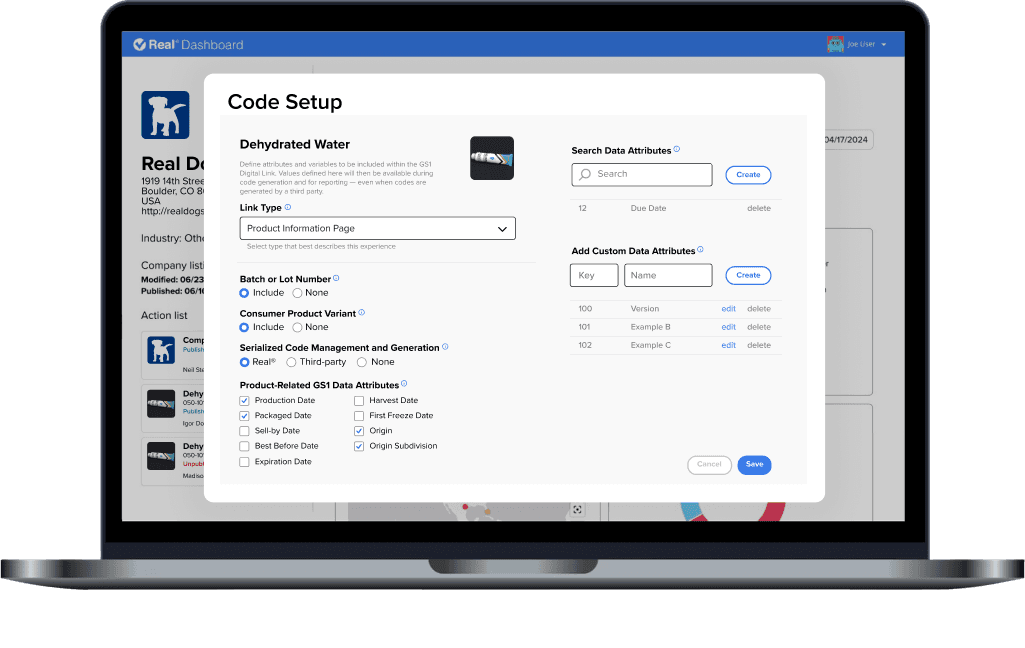
Experiences
Brand

Ready to Leverage Your Codes?
Or have questions? Let’s get you the answers you need.

Ready to Leverage Your Codes?
Or have questions? Let’s get you the answers you need.

Ready to Leverage Your Codes?
Or have questions? Let’s get you the answers you need.

Ready to Leverage Your Codes?
Or have questions? Let’s get you the answers you need.